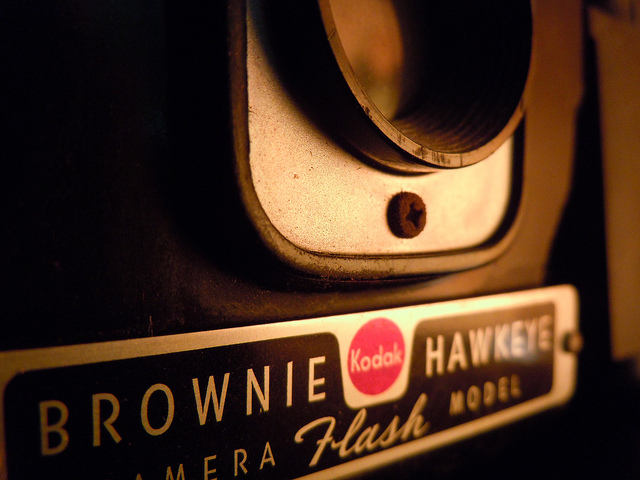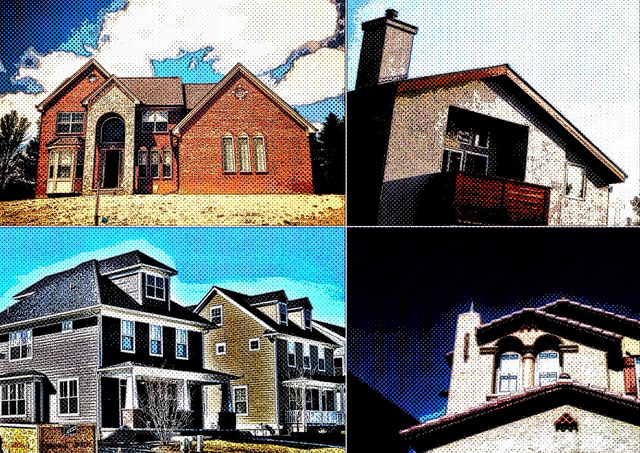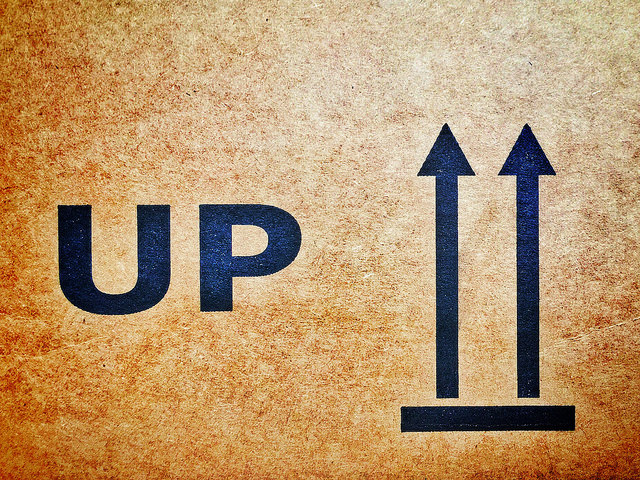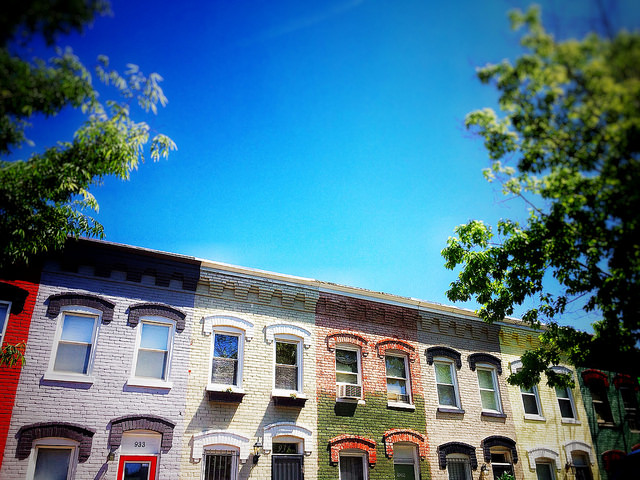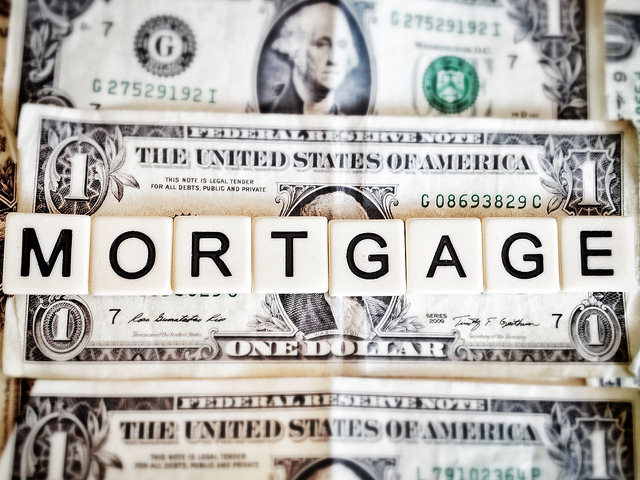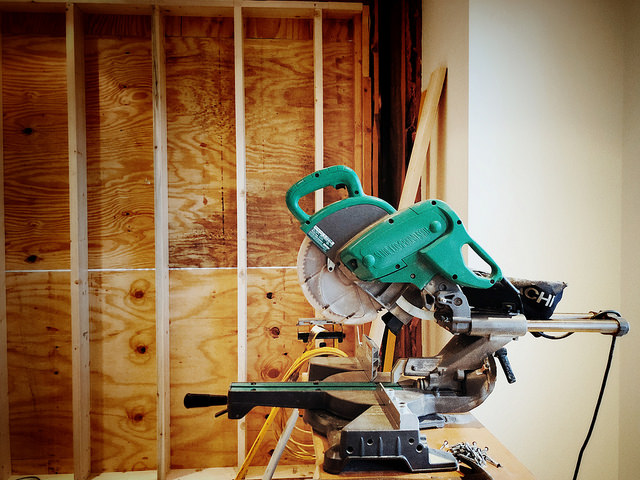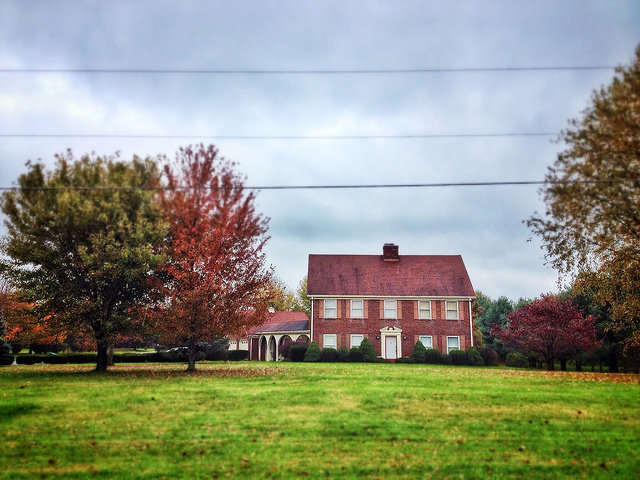Increasingly, people rely on technology to simplify tasks that were once difficult or time consuming. These days, everything from grocery shopping to running a business can be done with an assist from a smartphone app. So it’s no surprise that home shoppers would also go to the internet to gather information on how, what, and where to buy a house. And it’s for that reason that photography has become an important tool for homeowners who are looking to sell a house. For example, a recent National Association of Realtors’ study found 89 percent of buyers who searched listings on the internet said photos were the most useful feature. That makes sense. After all, the photos that accompany online listings can offer home shoppers an idea of what the home looks like inside and out. And while it’s always best to see the house in person – as photography can sometimes give an inaccurate impression of what shape a house is in – good photos are clearly a must if you’re selling a home today. More here.
